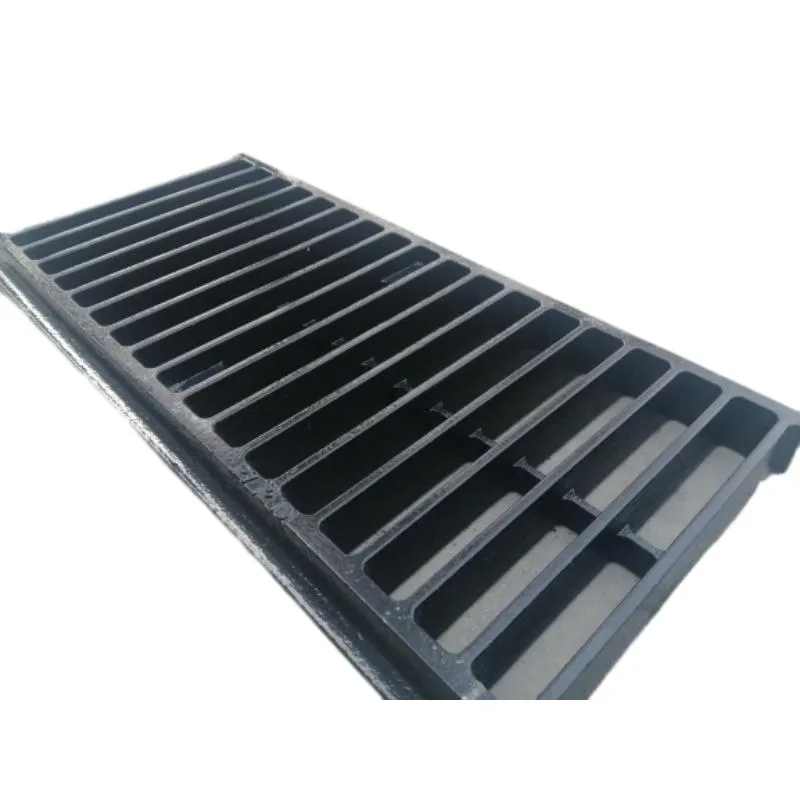active bollards
The Evolution and Importance of Active Bollards
In our increasingly urbanized world, the functionality of public spaces is more important than ever. With rising concerns over traffic safety, urban design, and the need for pedestrian-friendly environments, active bollards have emerged as a pivotal solution. These smart barriers represent not just a physical obstruction but a dynamic approach to managing vehicle access and enhancing public safety.
What Are Active Bollards?
Active bollards, also known as automatic or retractable bollards, are vertical posts designed to control vehicle access to specific areas. Unlike traditional static bollards, which are permanently fixed in place, active bollards can be raised or lowered as needed. This flexibility allows them to accommodate various scenarios, such as allowing emergency vehicles access during an incident or creating a pedestrian-only zone during peak traffic hours.
The Growing Need for Active Bollards
Urban areas globally are grappling with the challenges of traffic congestion, pedestrian safety, and environmental sustainability. As cities evolve, so too does the need for smart infrastructure that can adapt to changing demands. Active bollards offer several benefits that cater to these needs
1. Enhanced Safety One of the primary functions of active bollards is to improve safety for pedestrians. By restricting vehicle access in areas with high foot traffic, cities can significantly reduce the risk of accidents. High-profile incidents involving vehicles crashing into crowds have underscored the necessity of such protective measures.
2. Traffic Management Active bollards can be programmed to operate based on specific schedules or situations. For example, during certain hours, a street may be converted into a pedestrian-only area. This adaptability helps manage traffic flow more efficiently, alleviating congestion and making urban landscapes more navigable for pedestrians and cyclists.
3. Emergency Access In case of emergencies, rapid access is essential. Active bollards can be designed to lower quickly, allowing emergency vehicles to enter restricted zones without delay. This capability is crucial in ensuring that responders can reach those in need swiftly.
4. Aesthetic Appeal Modern designs of active bollards can enhance the visual appeal of urban spaces. Unlike their more utilitarian predecessors, contemporary active bollards can be sleek and stylish, contributing to the overall aesthetics of city landscapes.
active bollards

5. Sustainability Many active bollard systems can be integrated with smart technology, allowing them to communicate with traffic management systems and respond to real-time data. This intelligence not only improves traffic flow but can also help in reducing a city’s carbon footprint by promoting more sustainable transportation options.
Case Studies Implementations in Major Cities
Numerous cities have successfully integrated active bollards into their urban landscape. In London, for instance, the introduction of retractable bollards in popular tourist areas has allowed for increased pedestrian traffic during off-peak times while maintaining vehicle access when necessary. This system has successfully reduced congestion and improved the overall experience for both tourists and locals.
Similarly, cities like Barcelona and New York have deployed active bollards in crowded neighborhoods to create vibrant public spaces. These cities have witnessed significant decreases in vehicle-related accidents in areas where pedestrian activity is encouraged and vehicle access is controlled.
The Future of Active Bollards
Looking ahead, the role of active bollards is expected to expand further. As technology evolves, integrating artificial intelligence and real-time data analytics will make them even more efficient. Future models could potentially interact with vehicles, guiding them and communicating traffic conditions seamlessly.
Moreover, with the rise of smart cities, active bollards could be linked to wider transportation networks, providing comprehensive solutions for city planners and transportation authorities alike. This integration will help ensure safe, efficient, and enjoyable urban environments for future generations.
Conclusion
Active bollards represent a significant advancement in urban traffic management and public safety. As cities continue to evolve, these dynamic barriers will play a crucial role in creating and maintaining pedestrian-friendly spaces while balancing the needs of vehicle access. With ongoing improvements in technology and city planning strategies, active bollards are poised to become an integral part of modern urban infrastructure, paving the way for safer and more sustainable cities.
-
The Smarter Choice for Pedestrian AreasNewsJun.30,2025
-
The Gold Standard in Round Drain CoversNewsJun.30,2025
-
The Gold Standard in Manhole Cover SystemsNewsJun.30,2025
-
Superior Drainage Solutions with Premium Gully GratesNewsJun.30,2025
-
Superior Drainage Solutions for Global InfrastructureNewsJun.30,2025
-
Square Manhole Solutions for Modern InfrastructureNewsJun.30,2025
-
Premium Manhole Covers for Modern InfrastructureNewsJun.30,2025
